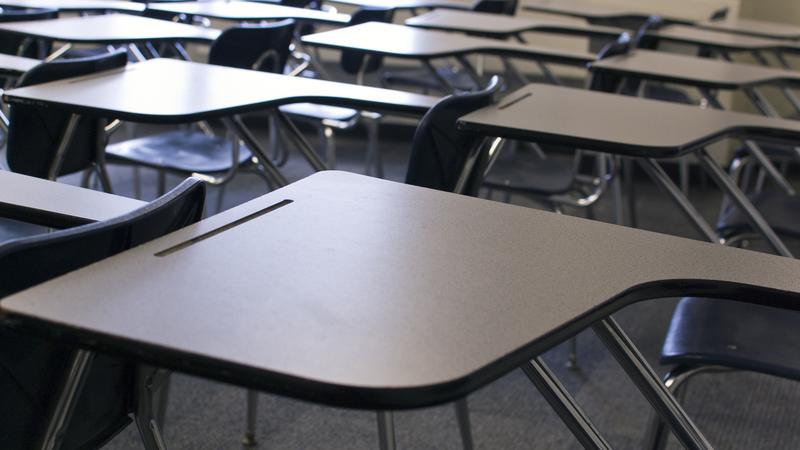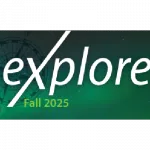
STF calls for newly re-elected government action on education funding shortfall
With the provincial election recently completed and the Saskatchewan Party’s green flag once again swaying in the Legislative Building, the Saskatchewan Teachers’ Federation (STF) has expressed its readiness to collaborate with them to seek additional funding to address what they see are pressing issues in the education system.
“The more we see students going without the support they need, the more we hear from parents about the need for additional school investment. As I said, we’re ready to work with all the partners within education and find solutions,” said STF president Samantha Becotte.
Becotte pointed out that public education funding faced a shortfall of nearly $287 million, noting that this needed funding was merely to maintain the ‘status quo.’
“So many divisions are working on a deficit, and, like I said, they are either using the reserve to fund that shortfall or cutting support and services,” she said.


